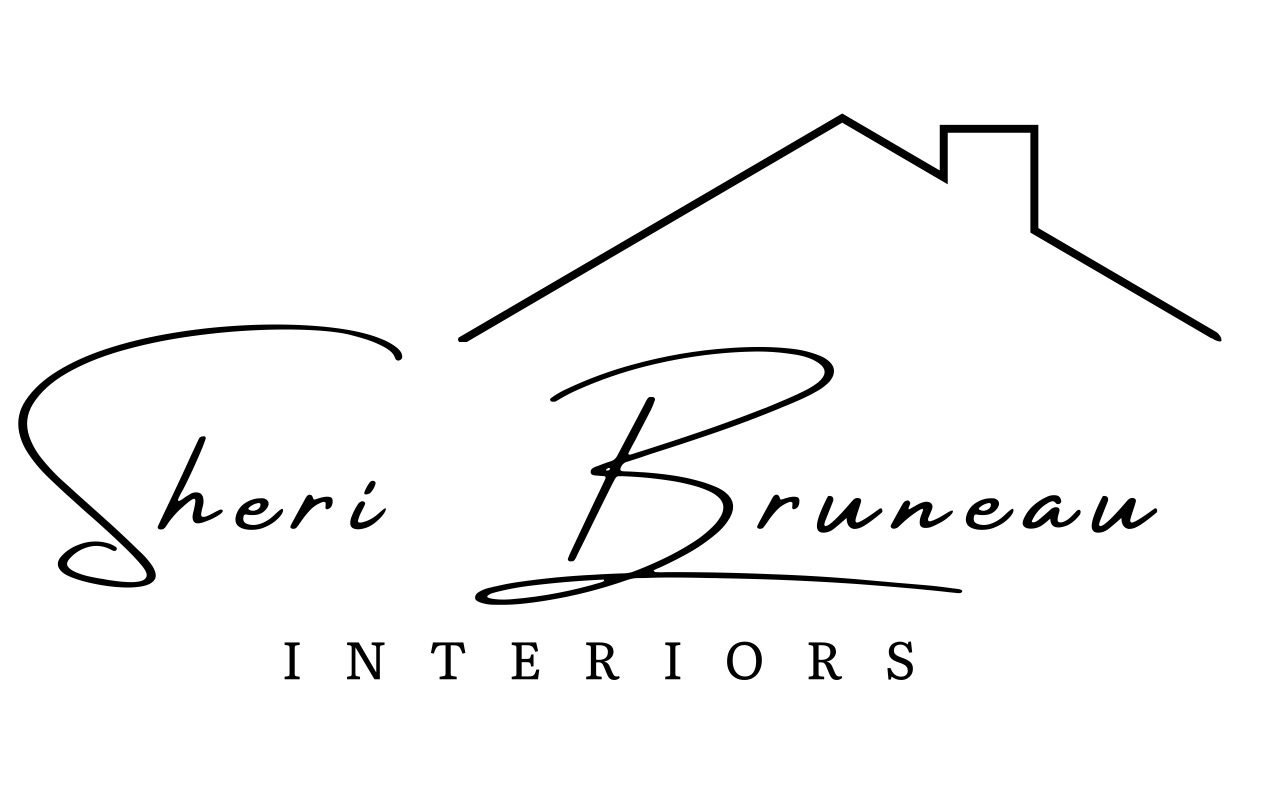Recessed Lighting | How many lights do I need?
When it comes to recessed lighting, or as many know it as pot lights, is there a correct number to use in a space? I've enlisted the help of two our our trusted electricians. Robb Lacey, with Jewel Electric and Peter Doner with 4 Star Electric are chiming in on this popular question we get.
Before we begin I do wish to add in a few comment here about lighting for your home. While this blog is really about figuring out how many recessed lights you will need and how to place them, this is actually just the tip of the iceberg. I will touch on lumens and CRI but those two topics will require their own dedicated blog. Ask any electrician and they will tell you how passionate they are about proper lighting in your home!
Recessed Lighting
As with everything in life, there are rules and then there are times when rules are broken. Recessed lighting, in my opinion, falls in this category and I'll tell you why. No two spaces are exact. While we can use a formula, if the room is not a perfect shape, the formula would need to be tweaked.
Formulas for Recessed Lighting
Wattage Formula
When it comes to lighting a space, it is important to get the correct lighting right. When it comes to wattage in a space, this is very important.
- Let's take a 15' X 10' room.
- The total area is 150 square feet.
- Total watts required for this area can be calculated by multiplying the total area by 1.5. 150 X 1.5 = 225. This means this space needs a total of 225 watts needed.
- Take you total wattage and divide that by your intended watts you wish to use.
- If you plan to use 40 watt traditional bulbs, you will need six light sources.
- For 60 watt, you will need 4 light sources.
- 75 watts will require 3 light sources.
- 100 watts will require 2 light sources.
If you are used to working in Lumens or the popular LED lighting, here is a conversion chart.
CRI (Colour Rendering Index)
Cory Tretiak, with Reliable Lighting Solutions, brings up another area of lighting that is important to take into consideration.
CRI is measured out of 100. Many traditional lighting sources range between 50-80 CRI. This means that colours don't show up the same as they would compared to their true colours. Using 80 CRI for most areas will be sufficient, but Cory really would like to see 90 CRI for 3 of the following areas:
Bathroom. This is actually a no-brainer as the common vanity lights typically suck. Really, they do. I'm sure you know exactly what I'm talking about. You think you have your make-up looking just great until you check yourself in the rear view mirror of your car. To your shock, you look totally different (and maybe just a bit scary)!
Kitchen. A higher colour rendering helps with cleaning, identifying food quality and honestly, creating a better mood!
Fixed Elements. If your home has gorgeous counters, tile, stone work, etc. wouldn't you want to let those elements shine? A high CRI brings out the best, most vivid colours in any new build or renovation. Show it off people!
See how lumens and CRI is going to be a blog all on their own? There is a LOT of info to share on that and I have just touched the surface here.

Creating the Plan
Peter supplied this visual to go with his plan for recessed lighting.
- Using the wattage formula, there will be 4 recessed lights in this space.
- Please note: this space also has a centred lighting fixture in the centre of the table.
Where to place the recessed lights
So now we know how many lights we need for wattage, but where the heck do they get placed so that your space does not look like an airplane runway?
For the image above, Peter used a 'quarter formula'. Oh my gosh...another formula? Yes siree!
- Take the length of the room (20'-0") and multiply it by 12". This gives us 240.
- Take 240 and divide it by double the number or recessed lighting (2X2=4). 240/4 = 60.
- As you can see from the image above, the recessed lights are 60" off the 20' wall, 39" off the 13' wall.
Here are also general guidelines for areas in your home that you may find useful.
Kitchen
- Recessed lighting to be no more than 3'-4’ apart and center down “pathways”.
- If there is no under cabinet lighting, then the recessed lights are centered on the edge of the counter.
Primary Bedroom
- Recessed lights are typically placed in corners.
Bathroom
- For recessed lighting only, we like to install at least one above shower.
- If there is a rain head coming from the ceiling, we may install two.
Hallways
- Recessed lights are typically no more than 5’ apart from each other.

General Guidelines for recessed lighting
While Robb follows the same guidelines as mentioned above, here are some other little tips.
- Keeping recessed lights around 30" away from the walls will maintain wall lighting.
- Allow for lower level lighting in living rooms and bedrooms vs other rooms that require more lighting.
Both Peter and Robb are in full agreement with this: more lighting is better than less! As Peter says,
Plan for your lighting on the darkest day of the year. If it's a beautiful, sunny day when completing a walkthrough, it is easy to get stuck in 'the room is bright enough' trap.
Peter Doner - 4 Star Electric
As both Robb and Peter know, we always specify dimmers. We are in full agreement with Robb and Peter in that we would rather see you have too much light and use your dimmers vs not having enough light at all.
Recessed Lighting | Your Takeaway
If your head is spinning over recessed lighting, you will not be alone! As I mentioned at the beginning of this blog, recessed lighting is not just about placement. The wattage/lumens are equally important (and worth a dedicated blog).
As lighting should be an integral part of any new home build or renovation, I encourage you to default to the experts! An interior designer, along with their trusted electricians, can assist you in getting it right!
Table Lamps | Shop the Look
While recessed lighting is great, table lamps are also a way to add in some additional mood or task lighting - and some pretty into your space. I've rounded up some great table lamps that are also reasonably priced - including ones that I have on our bedside tables in our Primary Bedroom!
The items below contain affiliate links. Any purchases, at no additional charge to you, are most appreciated and make this blog possible.
[show_boutique_widget id="1058203"]










